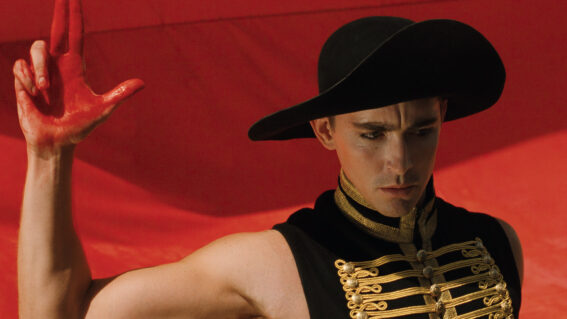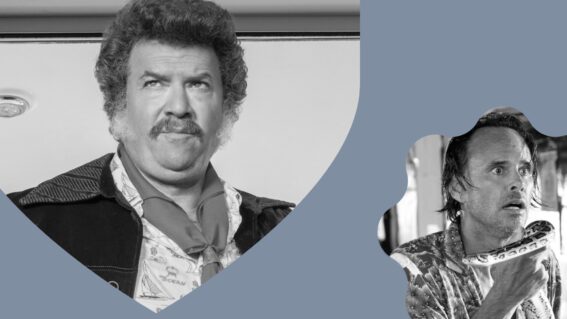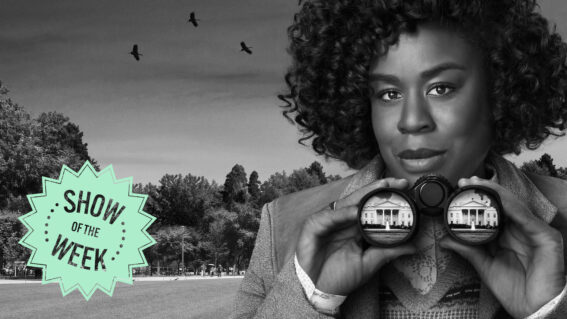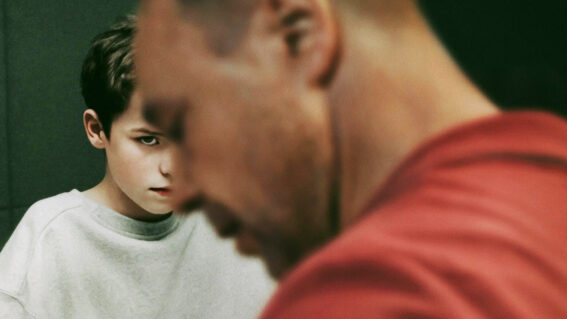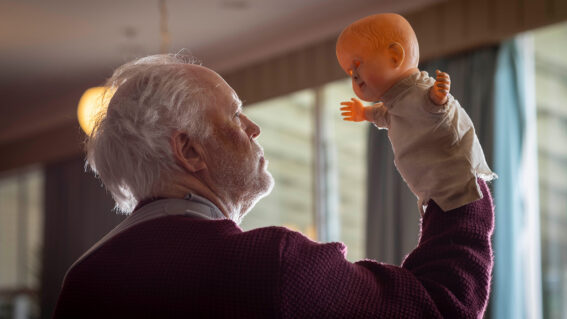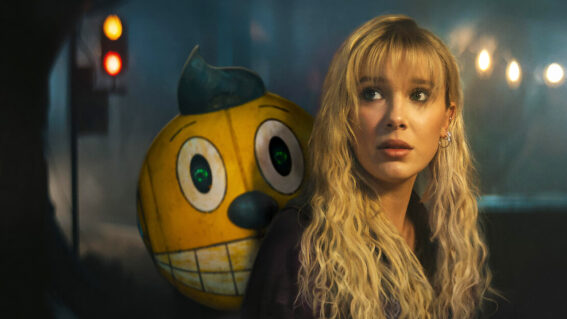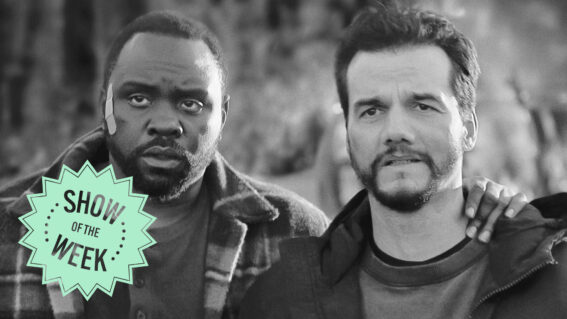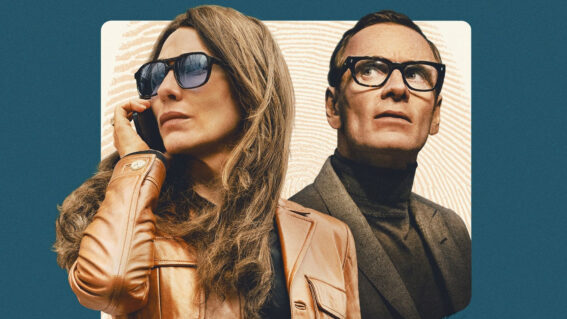Interview: ‘The LEGO Movie’ Co-director Chris McKay
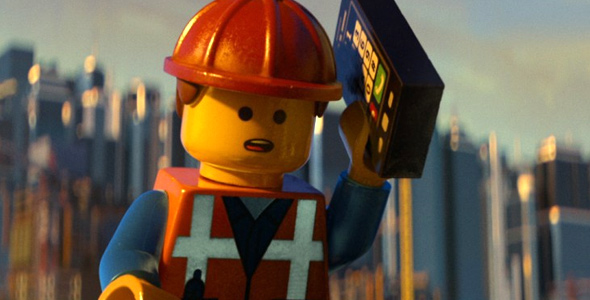
Get ready everyone, The LEGO Movie is about to hit screens, and if you’re anything like us you will freaking LOVE IT. Sample quote from our five star review: “So joyously creative, so continuously hilarious and so hyper-aware of what it means to play with LEGO that future product-based movies of its ilk should use it as a template.” OK, enough with the gushing. We got animation co-director Chris McKay (TV’s Robot Chicken) on the phone to talk about how the film came together.
FLICKS: So you’re in Aussie at the moment. Is that right, then?
CHRIS MCKAY: Yes, yes, I’m back in Australia temporarily. I lived here for about a year and a half to do the animation and finish the movie here.
Right. I’m just across the ditch in Middle Zealand over here.
[laughter] Middle Zealand. That’s one of my favorite places in the Lego-verse.
You’ve got a variety of different credits on the film. Does that reflect that you’re involved in many different capacities, and is there a way that you describe how that all ties together to what your job was?
Yes, I was in charge of taking the initial inspiration that Chris Miller and Phil Lord had for the film and carrying that out to all of the different teams and departments, and running with the ball, so to speak, down field as we developed the movie. And as the movie started to develop itself – movies, especially animated movies, are very organic. In our case it’s incredibly organic because it was something that had never really been tried before, this idea of doing something with Lego, which is a building thing, and we wanted to make a story that was germane to that, germane to the feelings that people have when they are creating stuff with Lego, with themselves.
Germane to the creative process and then again in our creative process allowing for us as craftspeople and artists, allowing the other artists around us, the actors, everybody, to get involved in the development of this film because it’s something we felt really strongly needed to be something that spoke to people about their creativity, about the sense of being a person who has an idea. Maybe that idea isn’t necessarily the greatest idea in the world – it might even be a completely dumb idea – or maybe that idea has a chance or has an opportunity in the world to actually effect change on something. Every idea can be good in the right context. That was something that felt really germane to Lego and really germane to the creative experience that we wanted to express on film.
That’s obviously really critical that you had that underpinning idea – when I first heard about a Lego movie it didn’t make sense to me. So I think you guys have done a great job of working out a way into that world. As soon as you start watching it, as soon as you catch a glimpse of the trailer, it’s immediately apparent what’s happening in there.
[laughter] I think we also like that people have really low expectations. I think when you go in with really low expectations and the movie is better than you expected, you come out much happier maybe than if you went into a movie and you expected it to be awesome.
Yes, totally. And you’ve got that great song that really undersells the film. Right?
[laughter]. Yes, it totally undersells the film experience.
No pressure.
Yes, absolutely.
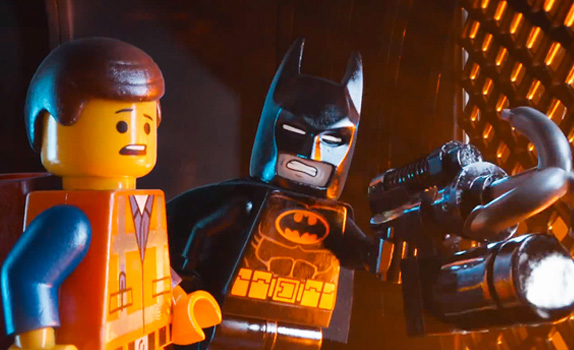
What was it like for you, coming from your background doing ‘Robot Chicken’ and other TV stuff, to working on something of this scale? Obviously the workload was hugely different. The huge amount of screen time must have been a very different experience.
Yes. Where they’re similar is the idea that both of them are low-budget enterprises and have incredibly tight deadlines for the ambitions of the film makers, so that’s where my role in Robot Chicken, and my role as a co-director, animation director, editor, et cetera of The Lego Movie are similar. Where it’s different is in CG we were trying to replicate the stop-motion experience. We were trying to replicate the photo real. The variance in that is something that is very difficult to do, very time-consuming and requires a lot of R&D and a lot of very highly creative and ruthless observers of detail to come together and make something out of ones and zeroes that becomes something you buy as real.
It’s an artistic endeavour. It’s a scientific endeavour. It’s something that was probably the hardest part of the job, in adhering to that aesthetic that we were going to make it feel like, as much as possible, that this was something that was created on a set with minifigs at Lego scale and that was a big task, for any movie.
I guess I hadn’t really thought about the inherent risk of that process not working. It’s so integral to the way the film’s turned out. Do you solve the timing of the animation in one go, or is it elastic and scene-by-scene-based?
It depends on all the elements you have in scenes. It depends on where your camera is in the scene. Sometimes close-ups work better than wide shots. If you’ve got effects elements – water, smoke, fire, things like that that are self-illuminated – there are all sorts of things that are ‘tells’, that an audience will spot and maybe they won’t know it, but they’ll immediately respond to it in a negative and it will take them out of the movie. So every shot was a new challenge in the movie and it entirely depended on what elements were in the shot.
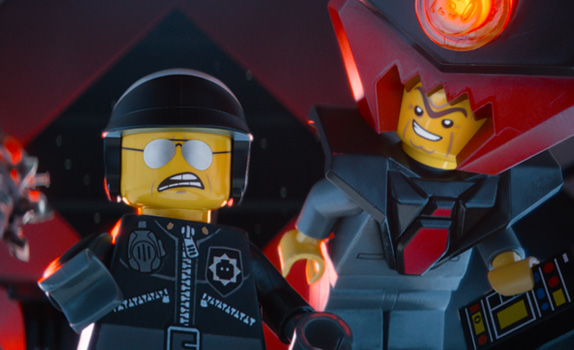
What was a typical process for you once you were working on a particular shot or a particular scene once Phil and Christopher had passed it on to you?
In many ways I was the guy who was really the one who started the process. Chris and Phil would write a scene, for instance, and I would go and board it with the board artist, and I would go and do the scratch voices and edit it and put it all together. In a way I was presenting stuff to them, more or less to respond to in animation, in layout et cetera as we moved in the departments, from the art department, in the lighting department, things like that. I would be sitting there, I would put these scenes together and then play it for them, and then they would respond to it. From there we would go and they would have their notes on it at that point. I was starting it and they would come in and they would respond to it and give some notes on it and then we would go back and try some new things. Or they might, because we had gone off on some tangent that seemed like a really viable story solution, they might go, “great, that’s a great idea, follow that thing but we’re going to write some pages that reflect where we think that should go”.
It became this dialogue back and forth about where the movie was going, where the character was going, what felt germane to the idea of making a Lego movie and responding to that. There were big picture and little picture things all over the place that we were constantly getting into dialogues about and inspiring each other as we moved forward down the movie. It ran the gamut from a development side of things. The process adjusted as we continued to move down the story pipeline.
I guess that sort of similarity with ‘Robot Chicken’ does spring to mind, where it seems like a lot of the humour evolves once you’ve actually got your hands on putting it together, in the editing and the timing of some of the more physical or visual and dialogue gags.
Yes, absolutely. At the end of the day you’re just looking for a way to make the scene feel real and true to you. You’re just trying to find that, what’s that thing that’s just going to click into place – no pun intended – that’s going to make you go, “aha, that’s it”. We finally crystallised it down to the simplest, most beautiful expression of that idea and so that’s really all you’re searching for. With sketch comedy it’s the same thing. It’s like what is the quickest way I can get into this scene and get into this laugh and make this thing work, and make people get the most – what’s the least complicated way I can tell this joke? That’s the thing you’re always searching for. Again, as a film maker, you’re searching for that for your character, for your scene, for everything else. You’re just looking for a way for the simplest expression, the clearest, simplest expression of this idea.
Watch Behind the Bricks, a making-of featurette:
I suppose you were offered so many opportunities during this film to get into those gags, just by the very nature of how physically put-together those Lego characters are, and the environment they’re in. So many of the jokes, when you see them they just seem so simple but they cut through so strongly. “I’ve got scoops for hands. I bend this way.”
Yes. That’s what’s fun about the new sight gag. You realise, No, that’s the movie. It wasn’t this other joke that was written, or it wasn’t this wordy thing. It’s a moment like that. It’s just like having little claw hands, little C-shaped claw hands, the fact that it looks funny when he bends over at the waist because that’s all he can do in order to reach something, that’s when you realise – when we made little discoveries like that that’s when we realised that’s the movie we should be making.
I picture so many people involved in this project, sitting at their desks or sitting in a writers’ room or in any environment, doing quite a lot of fidgeting with Lego blocks. Is that accurate? I picture Lego being littered on people’s desks when they’re on the phone talking or they’re sending an email or they’re thinking or fidgeting with it.
Exactly. We had a metric tonne of Lego minifigs and bricks and things like that. It just became an easy way of talking about the animation or the simplicity of something you’d need or the charm of something you’d need. It was like, “Look it can just be this. This is the pose.” For us, it was just fun to be inspired because those little guys are really charming. Their design has stood the test of time. They really are funny, goofy little things, so to have a bunch of those around was actually very inspirational. People wanted to collect them and trade them. It became this little currency around the office, people trading minifigs and stuff like that so it was fun and something to bond over.
And it’s an experience you’re gearing up to do all over again with the sequel, obviously sitting in the director’s chair proper this time around. What does that sort of opportunity mean for you personally?
I’m super proud of the work that I and everybody else did on the first movie, and I love the characters and I love the story. I love what it means emotionally to people and stuff like that. So the opportunity to be able to work on a sequel and have the challenge of honouring the first movie and honouring that story and those characters and coming up with something that’s totally new and unique. I think in this world we can make up something, our sequel can be as different from the first Alien to Aliens, Ridley Scott’s Alien to James Cameron’s Aliens. Our movie can be as different as that because we can go and make it about a different world. It can be a different genre of movie. We have that ability so the challenge of trying to make something as beautiful and charming as the first movie is something I really welcome. I can’t wait to get super into it.
Awesome, and again, no pressure.
Yes, no pressure at all. No pressure at all.
The LEGO Movie opens in cinemas April 17th, in 3D and 2D.
Watch the trailer:

